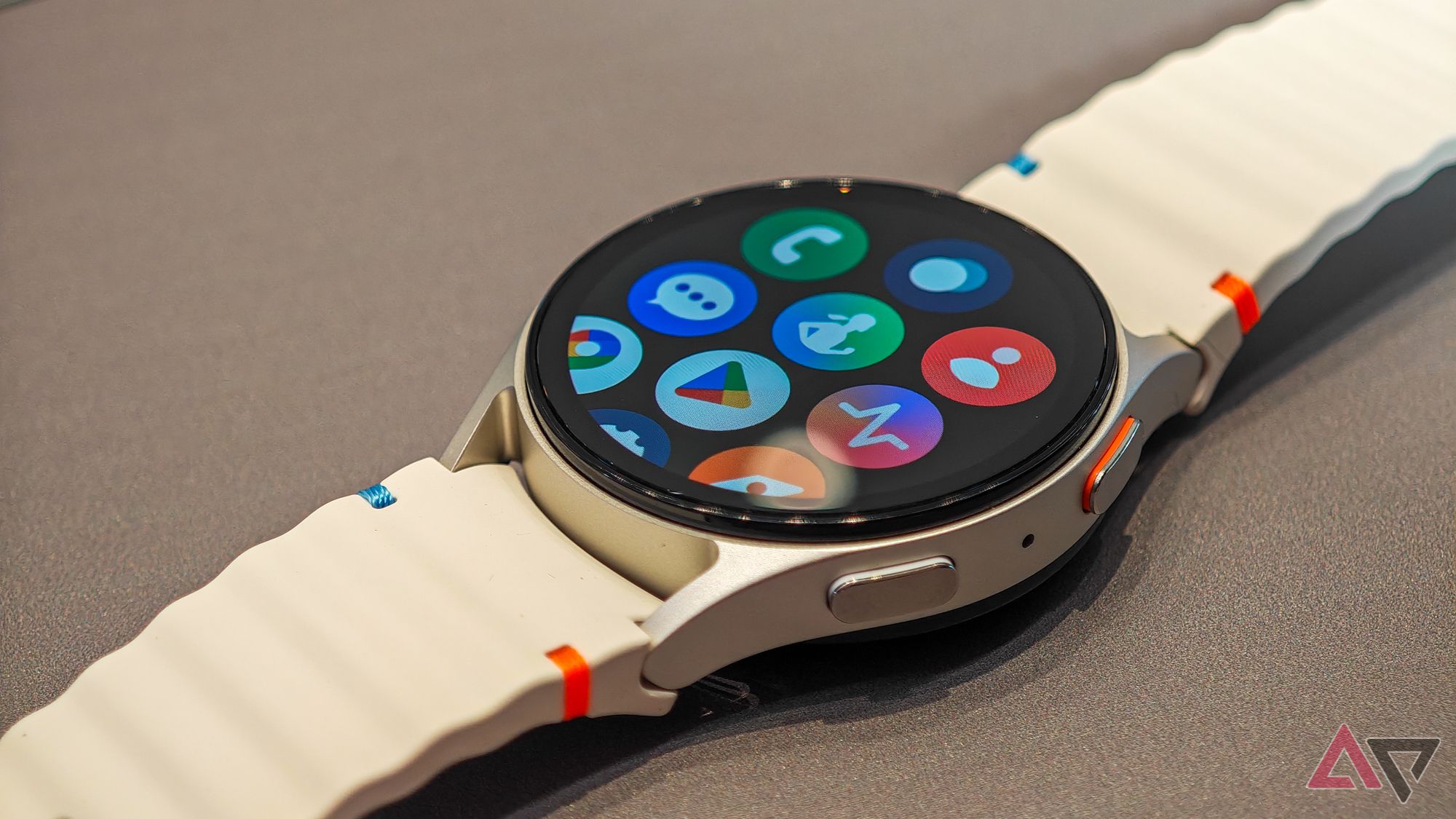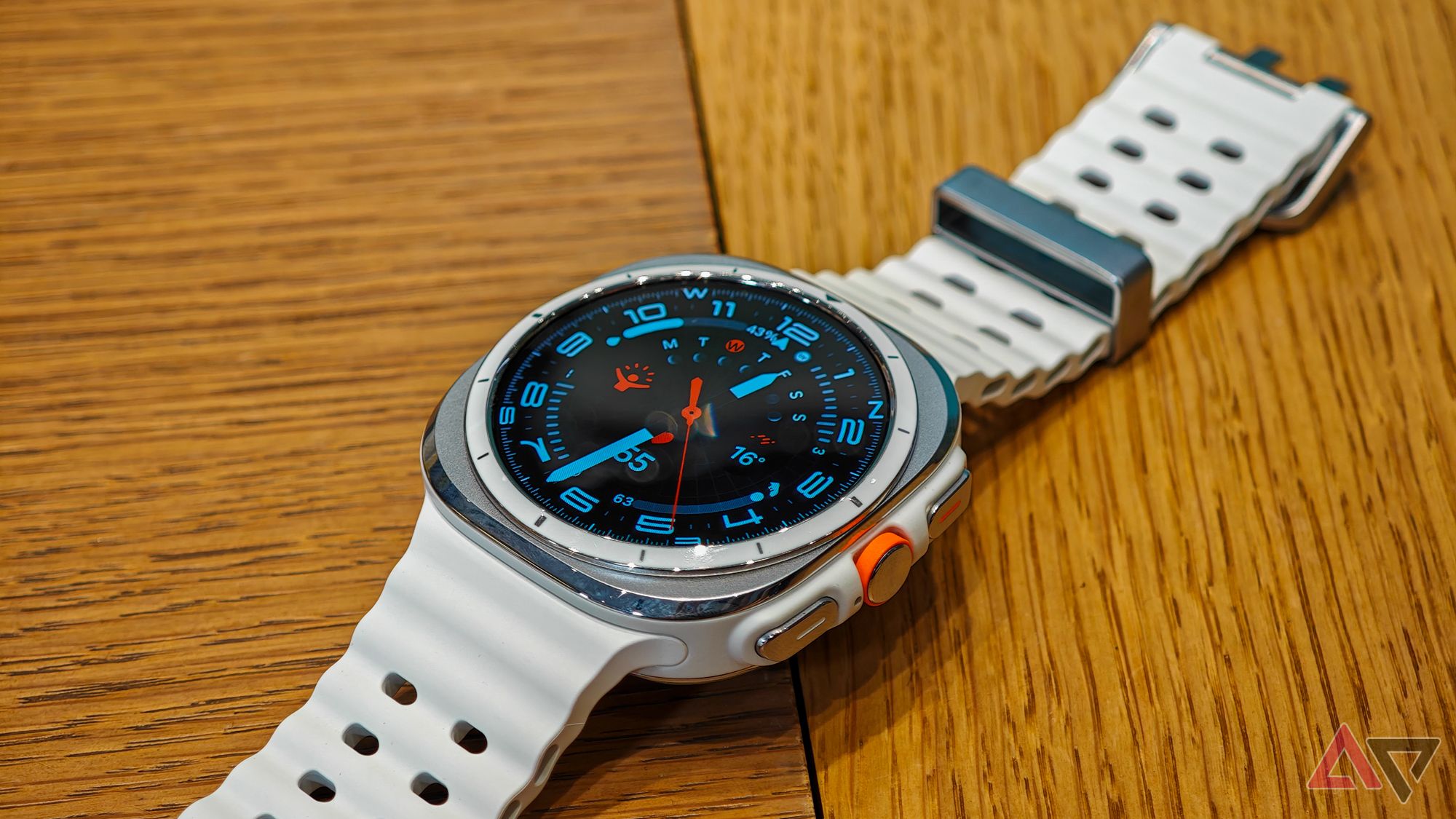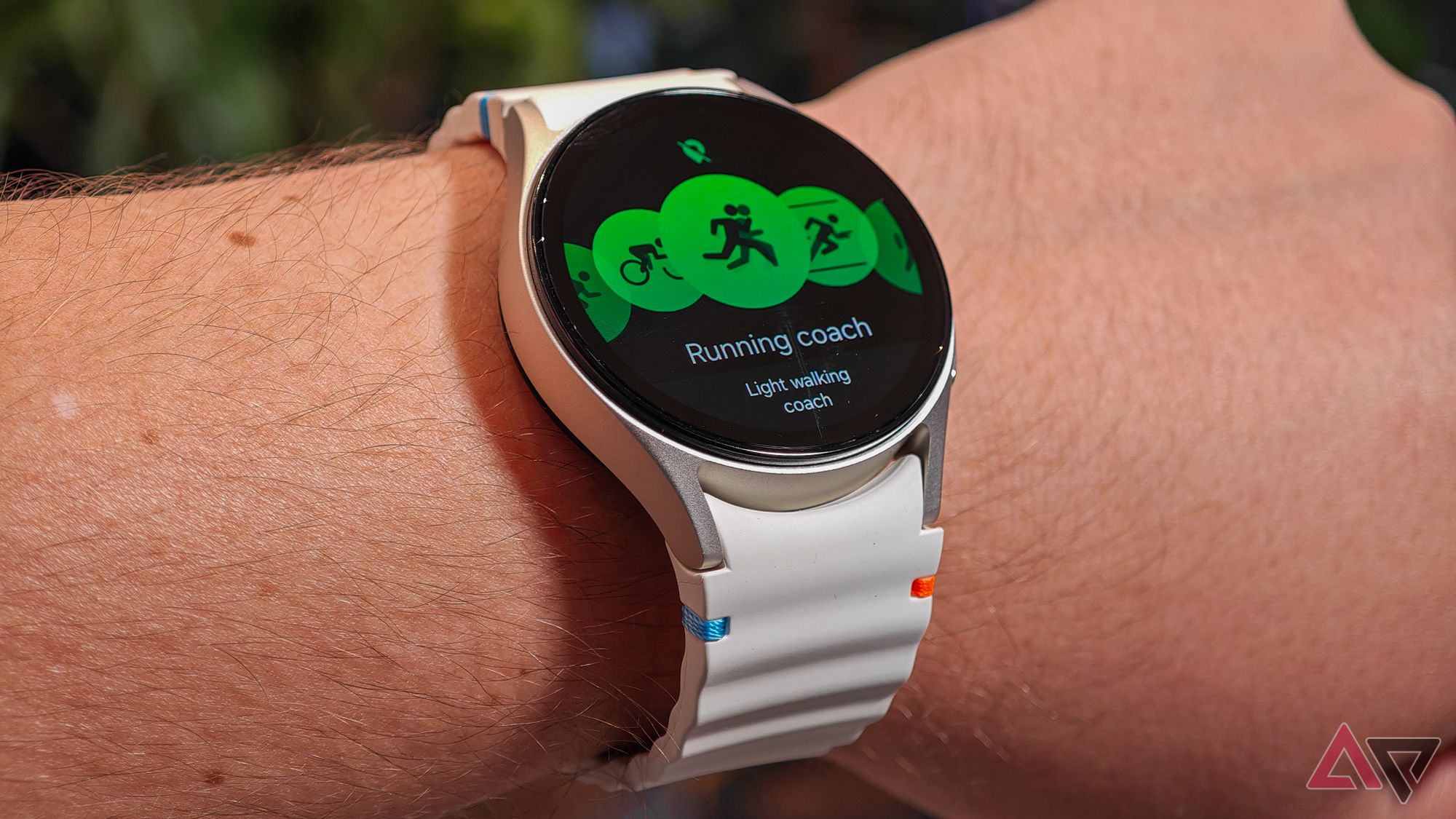Samsung unveiled its latest wearables, including the Galaxy Watch 7 and, for the first time, the Galaxy Watch Ultra and Galaxy Ring, at a recent event. Although the Galaxy Watch 7 does not come with many design changes, it carries the latest Exynos W1000 processor, which brings many improvements over its predecessor. Here, we compare the Exynos W1000 and the Exynos W930, which powered the previous generation Galaxy Watch 6, and check out the improvements you can expect from Samsung’s latest devices.
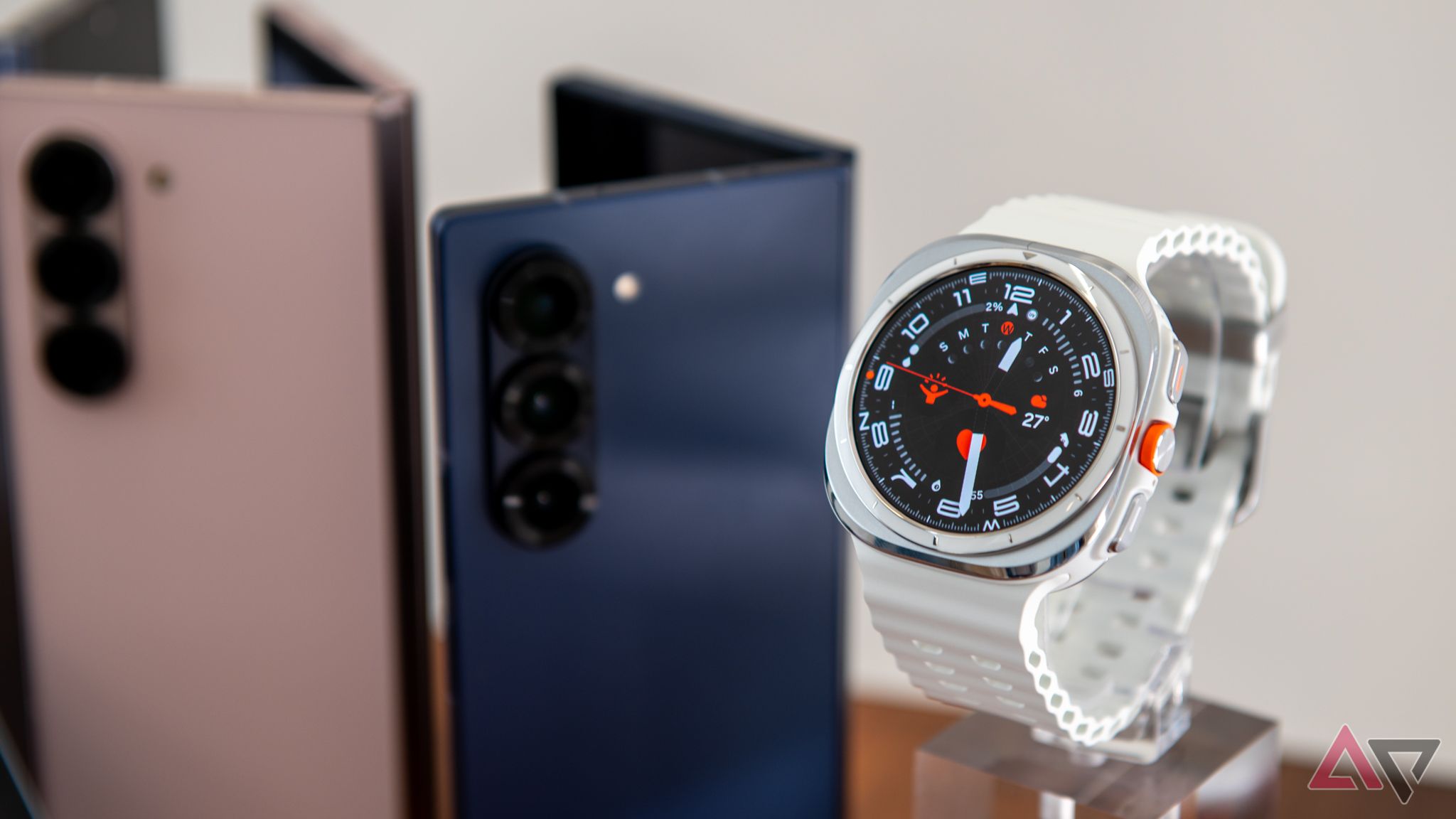
Related
The Samsung Galaxy Watch Ultra takes Android smartwatches to the extreme
However, the ‘Ultra’ logo is a bit on the nose
Exynos W1000 vs Exynos W930: Comparison of specs
|
Structure |
Exynos W1000 |
Exynos W930 |
|---|---|---|
|
Method of Production |
3 nm |
5 nm |
|
CPU configuration |
1x Cortex-A78 @ 1.6GHz + 4x Cortex-A55 @ 1.5GHz |
2x Cortex-A55 @ 1.4GHz |
|
GPU |
Mali-G68 MP2 |
Mali-G68 MP2 |
|
Show Support |
qHD (960×540), 640×640 |
qHD (960×540) |
|
Online Racing |
Download LTE 150Mbps / 75Mbps install |
Download LTE 150Mbps / 75Mbps install |
|
Navigation Technologies |
Dual GPS, GLONASS, Beidou, Galileo |
GPS, GLONASS, Beidou, Galileo |
|
Storage capacity |
eMMC 32GB |
eMMC 16GB |
CPU and performance
Notable improvements here
If you look at the specs, you will notice that the biggest improvement in the Exynos W1000 from the Exynos W930 is its advanced 3nm process, compared to 5nm in the previous generation chipset. What this means is that Samsung has been able to pack more transistors in one place, which means you can expect a big jump in performance and performance.
In terms of CPU, the W1000 excels with its 5-core configuration, with one efficient Cortex-A78 core clocked at 1.6GHz and four Cortex-A55 cores clocked at 1.5GHz . On the other hand, the Exynos W930 only offers a basic setup with two Cortex-A55 cores at 1.4GHz. It’s also worth noting that even the lower clocked cores in the new Exynos W1000 are faster than both W930 cores.
But what does this translate to? Well, Samsung says you can expect up to 3.4x faster single-core processing, 3.7x faster multi-core processing, and 2.7x faster times compared to the Galaxy Watch 6. This is a major year-on-year update, and this change alone would make the Galaxy Watch 7 and Galaxy Watch Ultra the most powerful Wear OS smartwatches available right now.
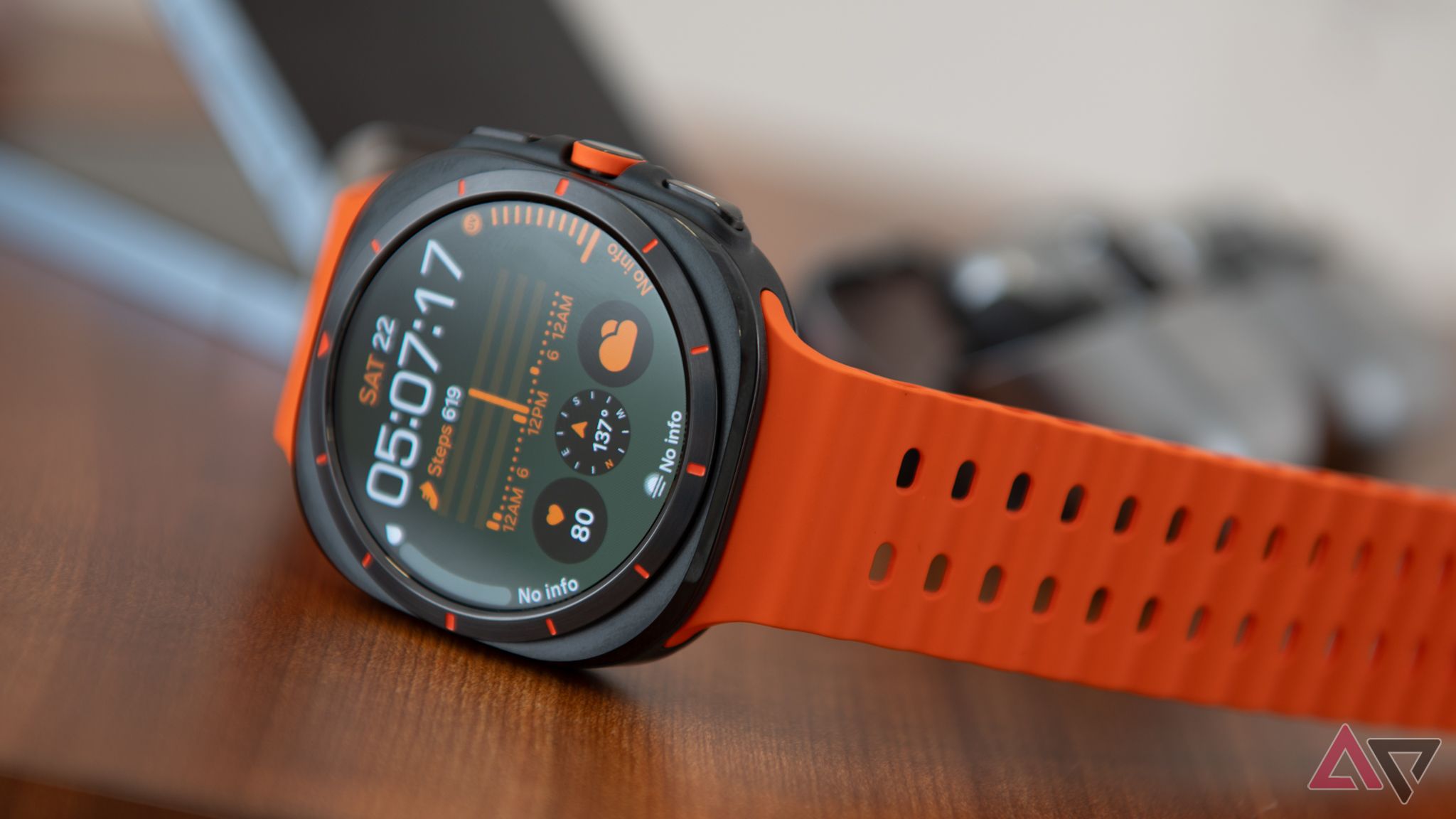
Related
The Galaxy Watch 7 and Watch Ultra are the first smartwatches with Wear OS 5
Yes, even before the Google Pixel Watch
GPU, RAM, and storage
Interesting updates here too
Although Exynos W1000 and Exynos W930 share the same Mali-G68 MP2 GPU and display support for qHD (960×540) resolution, the new chipset introduces a significant improvement in the form of a dedicated 2.5D engine that always and available (AOD). While we tested the improvements in person, Samsung says that the new engine allows the watch to provide better detail and detail for the watch faces, enabling users to quickly view the information they need.
Another important upgrade to the Galaxy Watch 7 and Watch Ultra is the increase in RAM and storage capacity. The new watches come with 32GB of eMMC storage, double the 16GB found in the previous generation. This extra storage allows users to store more apps, offline music, and other data directly on their watch. In addition, the new chip has 0.5GB more RAM – which takes the total to 2GB – and makes sure that the devices open quickly and remain in the background for many tasks.
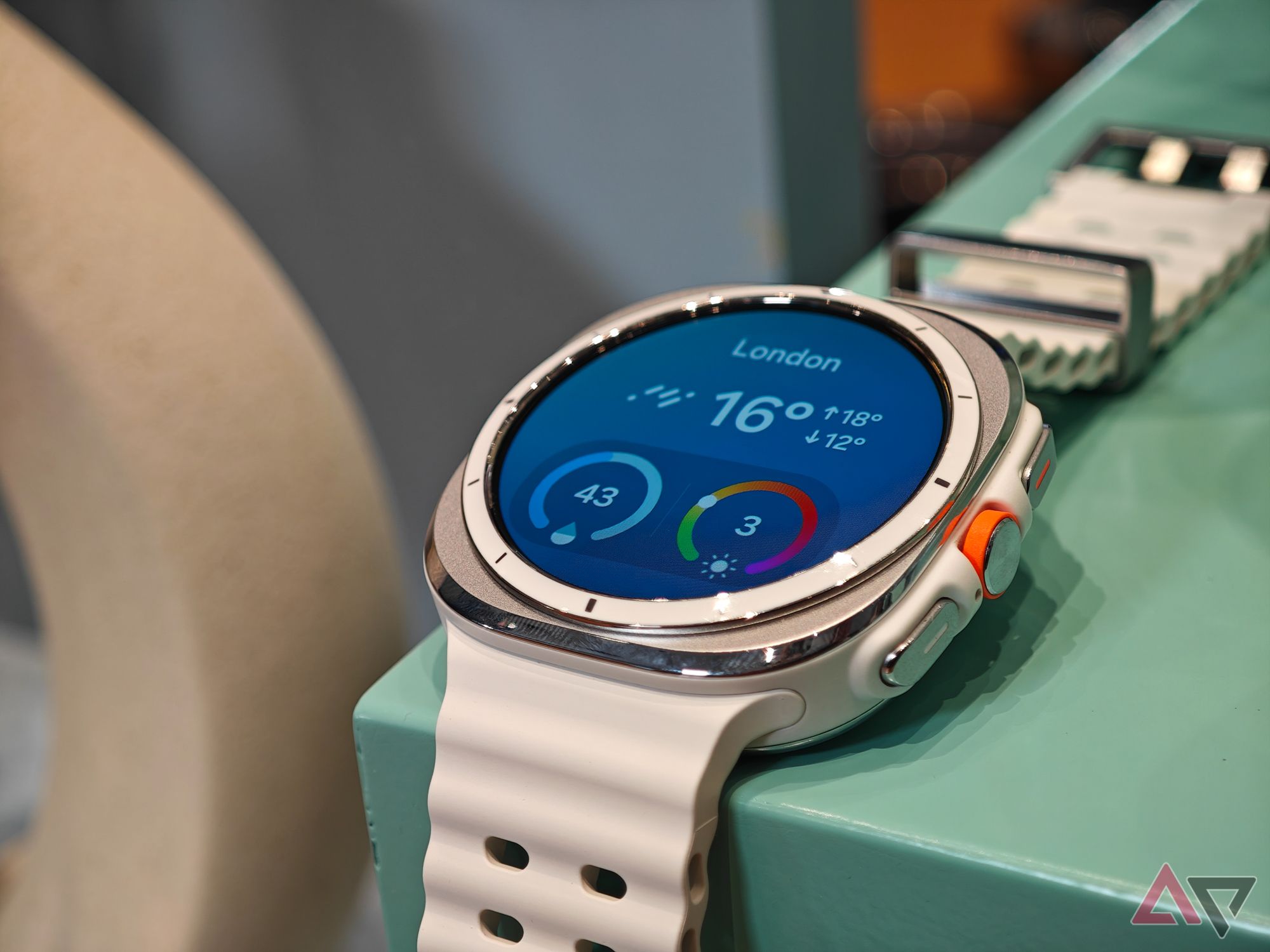
Related
Best Samsung Galaxy Watch Ultra deals: Where to pre-order and the best bundles
Get these deals while you can
Communication and mobility
Dual-frequency GPS is available
In terms of connectivity, both chipsets offer LTE with download speeds of up to 150Mbps and upload speeds of up to 75Mbps. However, the Exynos W1000 has a big improvement in GPS tracking. The new chipset includes dual-frequency GPS, which provides more accurate location tracking compared to the single-frequency GPS on the W930.
In terms of connectivity, both chipsets offer the same performance, offering LTE with download speeds of up to 150Mbps and upload speeds of up to 75Mbps. However, the Exynos W1000 offers a big improvement when it comes to GPS tracking. The new chipset brings dual-frequency GPS, which means it can provide more accurate location tracking compared to the single-frequency GPS on the W930. This accuracy will be more noticeable in dense areas where you are surrounded by tall buildings or trees.
Exynos W1000 is a big improvement
Overall, the Exynos W1000 promises a significant improvement over the Exynos W930. The new chipset not only brings the necessary performance benefits, but, combined with Wear OS 5 on the Galaxy Watch 7 and Watch Ultra, can provide many folds in performance and energy efficiency compared and the previous generation. The best part is that you don’t have to spend a lot of money to get new watches. The Galaxy Watch 7 starts at just $300 in the United States, and there are some great pre-order deals available right now to save even more.
-
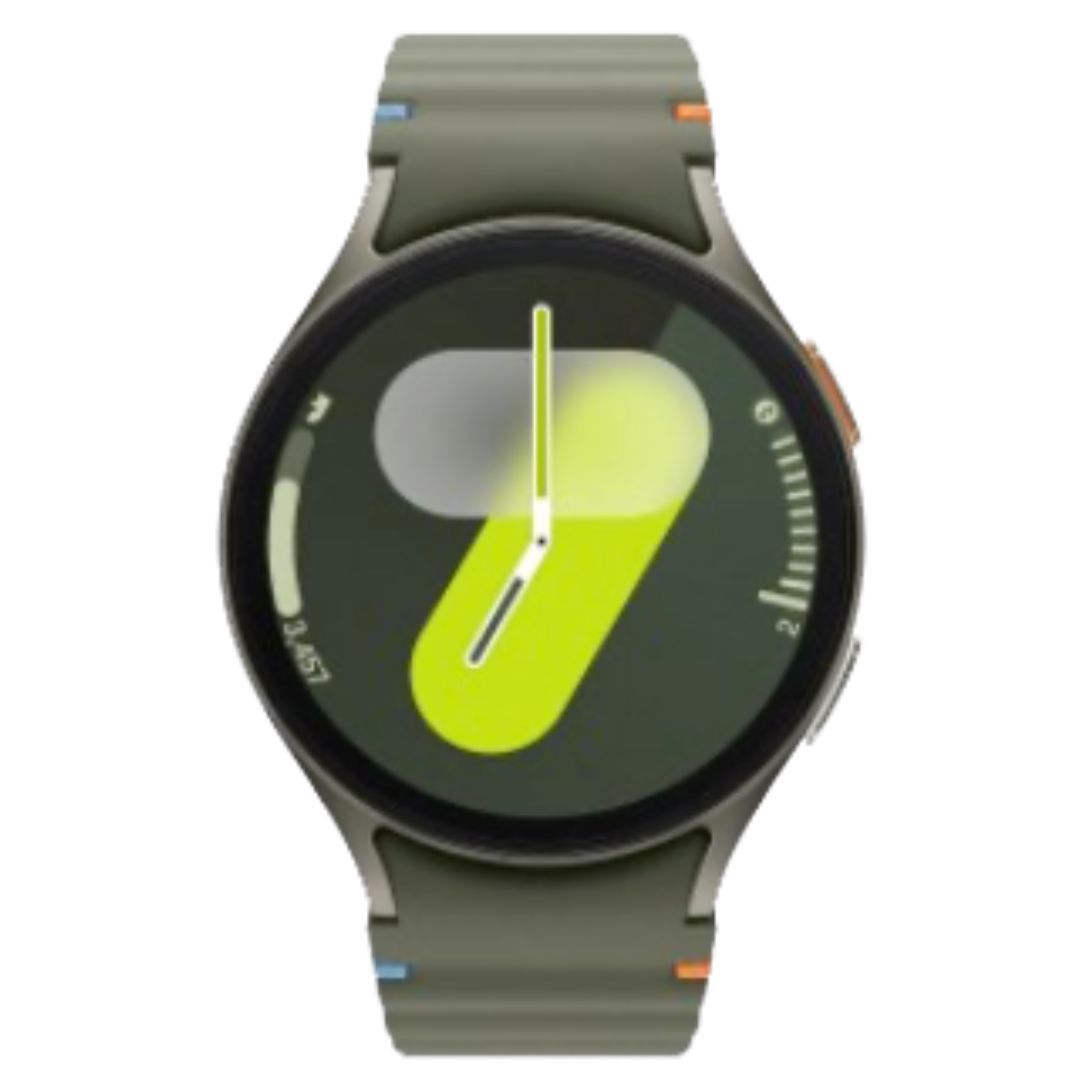
Samsung Galaxy Watch 7
The Samsung Galaxy Watch 7 may not look like a big upgrade on the outside, but it has some big upgrades on the inside. It has a new 3nm Exynos W1000 processor for better battery life and performance. In addition, it offers double the storage of the previous generation, an additional half GB of RAM, and is one of the first smartwatches to run Wear OS 5 out of the box.
-
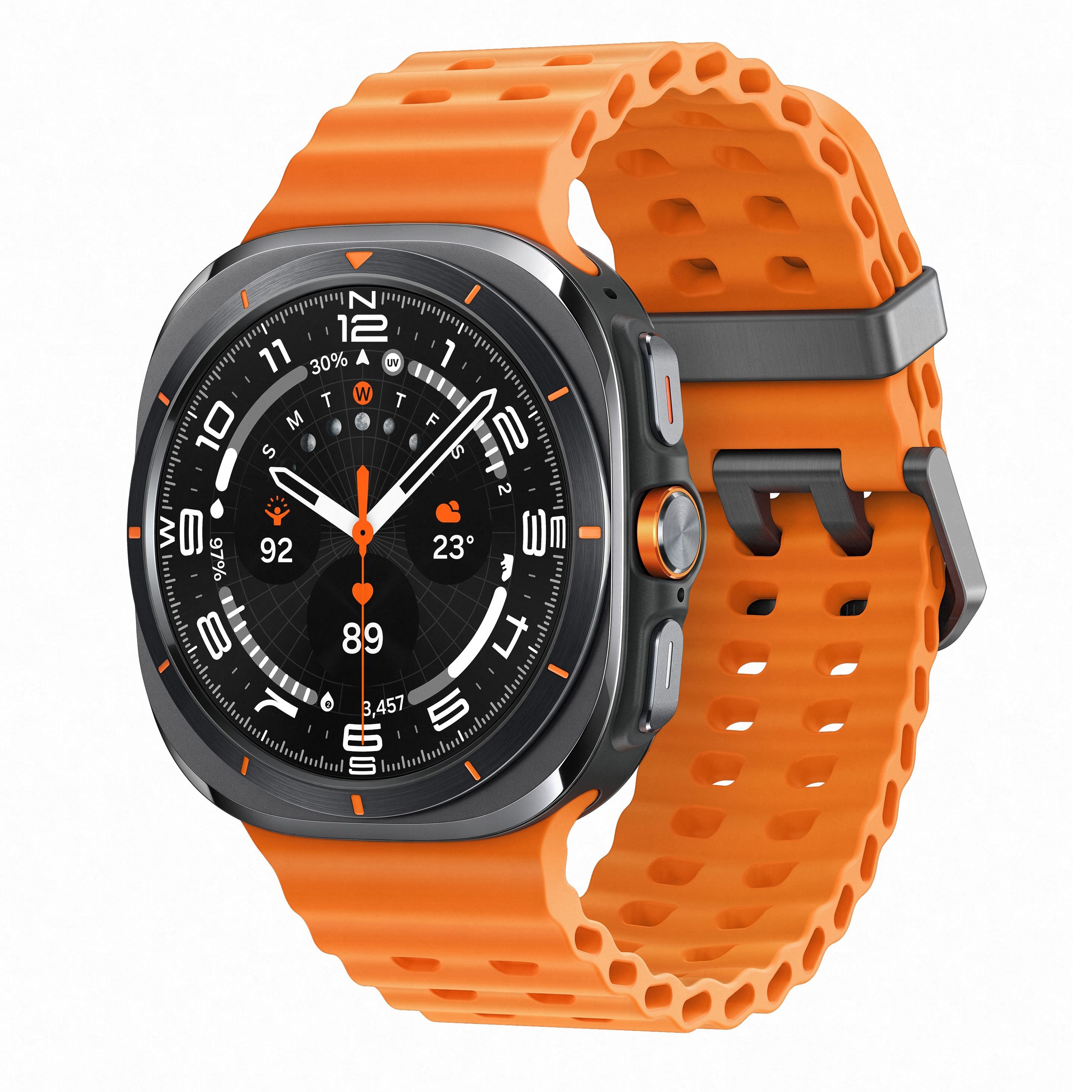
Samsung Galaxy Watch Ultra
The Samsung Galaxy Watch Ultra is the first “Ultra” smartwatch, starting at $650. It’s Samsung’s ultimate wearable, designed for outdoor enthusiasts with durable materials and long battery life. It has a powerful 3nm Exynos W1000 processor for high performance and elegance, and runs on Wear OS 5. If you’re looking for the best Wear OS smartwatch, the Samsung Galaxy Watch Ultra is it.
#Galaxy #Watch #Exynos #W1000 #stacks #lastgen #W930

